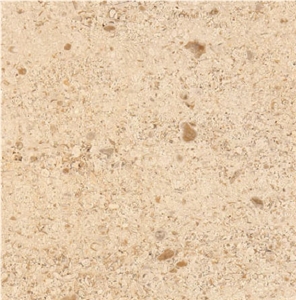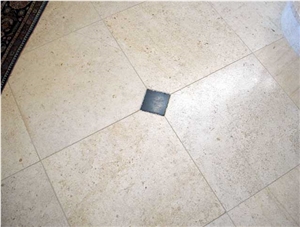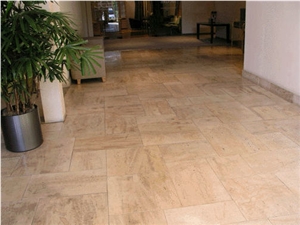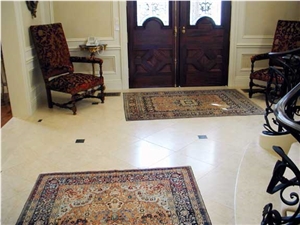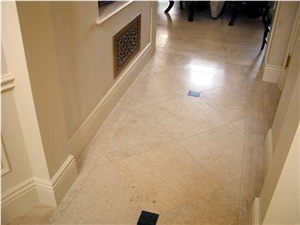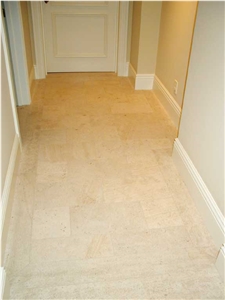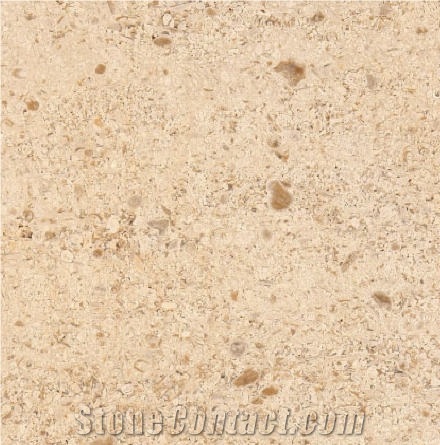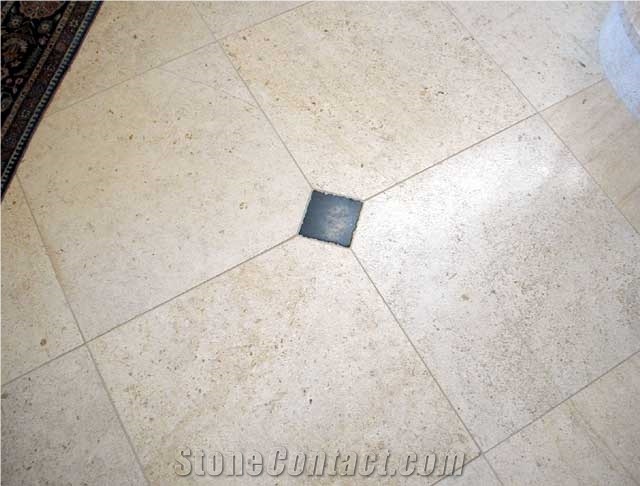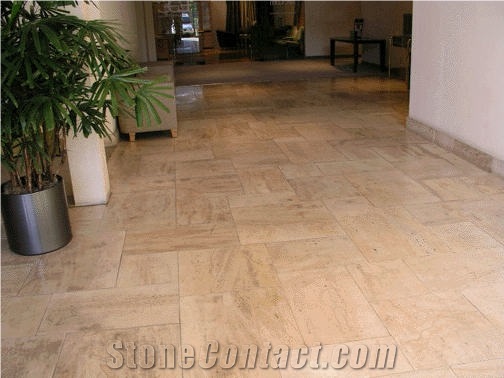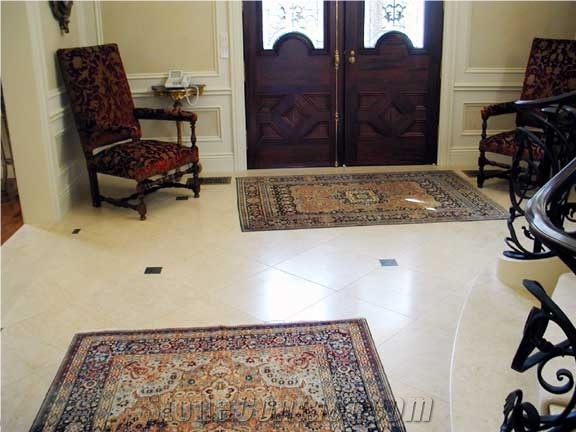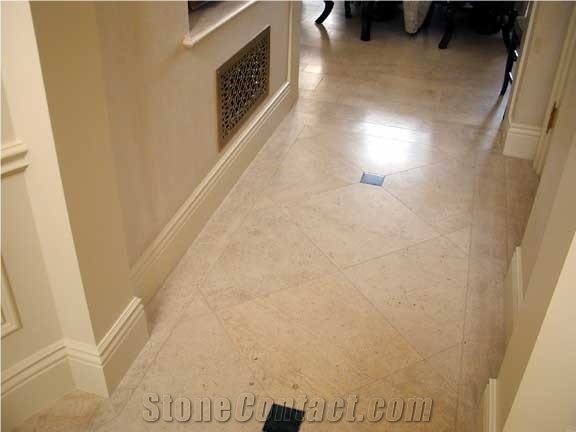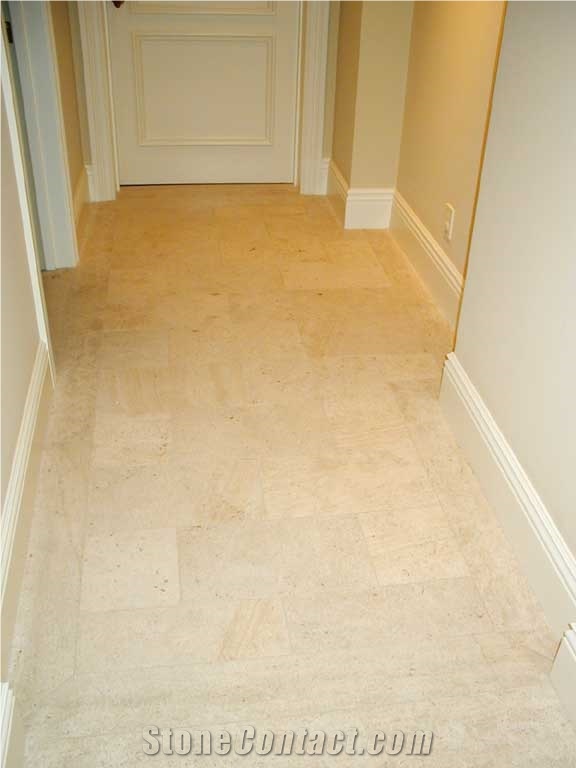Can France's Montmoyen Limestone be used exterior applications in very humid climates?
The Montmoyen Limestone from France is generally suitable for exterior applications in a variety of climates, including humid ones. Limestone is a natural stone known for its durability and ability to withstand various weather conditions. However, there are a few factors to consider before using it in very humid climates:
1. Porosity: Limestone is a porous material, meaning it has small pores that can absorb water. In extremely humid conditions, the limestone may absorb moisture from the air, potentially leading to discoloration, algae growth, or efflorescence. To mitigate this, proper sealing and regular maintenance should be done to prevent moisture penetration.
2. Quality and treatment: The quality of the Montmoyen Limestone, including its density and resistance to moisture absorption, can vary depending on the specific quarry and supplier. It is essential to choose high-quality limestone that has been adequately treated (e.g., impregnated with water repellents) to enhance its resistance to humidity.
3. Maintenance: Regular cleaning and maintenance are crucial for any exterior stone in humid climates. Routine washing and sealing can help to protect the limestone from moisture damage and prevent the growth of mold, mildew, or other organic matter.
4. Expert advice: It is recommended to consult with local architects, stone suppliers, or experts who have experience with the specific limestone variety and the conditions of the intended location to ensure proper installation and maintenance guidelines are followed.
By considering these factors and taking appropriate precautions, Montmoyen Limestone can still be a suitable choice for exterior applications in very humid climates.
The Montmoyen Limestone from France is generally suitable for exterior applications in a variety of climates, including humid ones. Limestone is a natural stone known for its durability and ability to withstand various weather conditions. However, there are a few factors to consider before using it in very humid climates:
1. Porosity: Limestone is a porous material, meaning it has small pores that can absorb water. In extremely humid conditions, the limestone may absorb moisture from the air, potentially leading to discoloration, algae growth, or efflorescence. To mitigate this, proper sealing and regular maintenance should be done to prevent moisture penetration.
2. Quality and treatment: The quality of the Montmoyen Limestone, including its density and resistance to moisture absorption, can vary depending on the specific quarry and supplier. It is essential to choose high-quality limestone that has been adequately treated (e.g., impregnated with water repellents) to enhance its resistance to humidity.
3. Maintenance: Regular cleaning and maintenance are crucial for any exterior stone in humid climates. Routine washing and sealing can help to protect the limestone from moisture damage and prevent the growth of mold, mildew, or other organic matter.
4. Expert advice: It is recommended to consult with local architects, stone suppliers, or experts who have experience with the specific limestone variety and the conditions of the intended location to ensure proper installation and maintenance guidelines are followed.
By considering these factors and taking appropriate precautions, Montmoyen Limestone can still be a suitable choice for exterior applications in very humid climates.
 France
(Montmoyen, Chatillon-sur-Seine, Dept. Cote-d'Or, Bourgogne)
France
(Montmoyen, Chatillon-sur-Seine, Dept. Cote-d'Or, Bourgogne)














